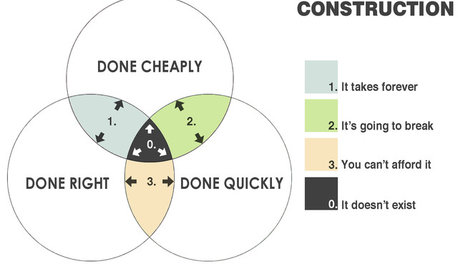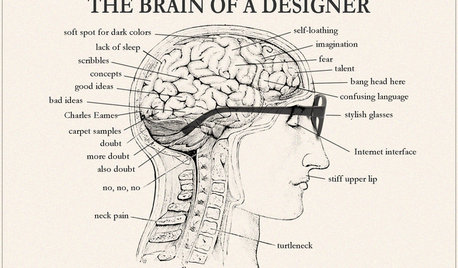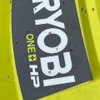Need help understanding my wiring diagram
mustangm
13 years ago
Related Stories

COFFEE WITH AN ARCHITECTThe Elements of Design Explained With Venn Diagrams
Design doesn't have to be hard to understand. It just needs the right presentation
Full Story
COFFEE WITH AN ARCHITECTThe Brain of a Designer, in Diagrams
Ever wonder what's really going on inside the head of your architect or designer? Now's your chance to find out
Full Story
REMODELING GUIDESEnergy-Efficient Windows: Understand the Parts
You can save money and energy with today's windows — but first you need to know all the window parts and types
Full Story
KITCHEN DESIGNKey Measurements to Help You Design Your Kitchen
Get the ideal kitchen setup by understanding spatial relationships, building dimensions and work zones
Full Story
DIY PROJECTSHide All Those Wires in a DIY Charging Station
Keep your gadgets handy and charged with a flexible storage board you can design yourself
Full Story
PETSHow to Help Your Dog Be a Good Neighbor
Good fences certainly help, but be sure to introduce your pup to the neighbors and check in from time to time
Full Story
BATHROOM DESIGNKey Measurements to Help You Design a Powder Room
Clearances, codes and coordination are critical in small spaces such as a powder room. Here’s what you should know
Full Story
DECORATING GUIDESDecorate With Intention: Helping Your TV Blend In
Somewhere between hiding the tube in a cabinet and letting it rule the room are these 11 creative solutions
Full Story
REMODELING GUIDESKey Measurements for a Dream Bedroom
Learn the dimensions that will help your bed, nightstands and other furnishings fit neatly and comfortably in the space
Full Story
PETS6 Ways to Help Your Dog and Landscape Play Nicely Together
Keep your prized plantings intact and your dog happy too, with this wisdom from an expert gardener and dog guardian
Full Story






Greg Goyeneche
mustangmOriginal Author
Related Professionals
Belmont Landscape Architects & Landscape Designers · Brooklyn Center Landscape Architects & Landscape Designers · Peabody Landscape Contractors · Commack Landscape Contractors · Deerfield Beach Landscape Contractors · Elkridge Landscape Contractors · Holtsville Landscape Contractors · Nashua Landscape Contractors · Rancho Santa Margarita Landscape Contractors · Rio Linda Landscape Contractors · Birmingham Carpenters · Frankfort Carpenters · Hempstead Carpenters · Pearland Carpenters · Sugarland Run CarpentersGreg Goyeneche
mustangmOriginal Author
Ray Updike